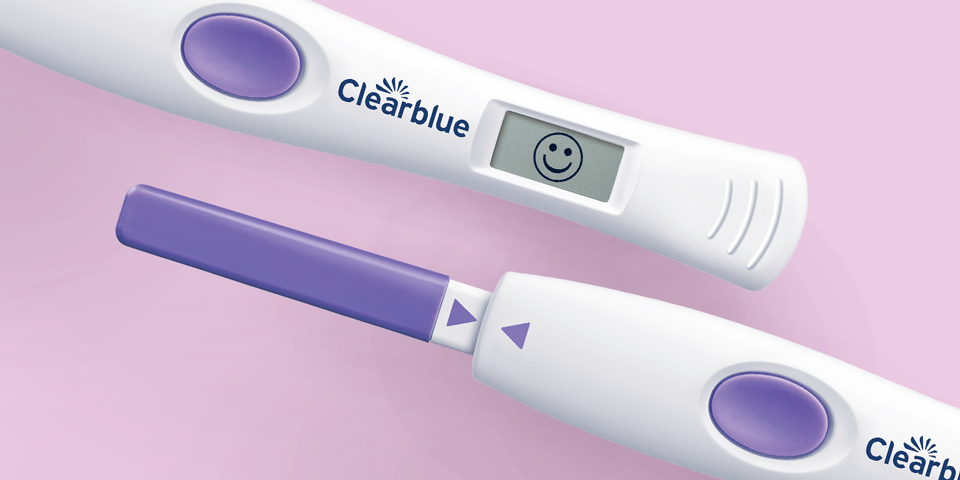
Ovulation Tests as Pregnancy Tests: A Comprehensive Guide
Introduction
Ovulation tests are designed to detect the luteinizing hormone (LH) surge that occurs 24-48 hours before ovulation. However, many women have discovered that these tests can also be used as early pregnancy tests. This article will explore the science behind using ovulation tests as pregnancy tests, their accuracy, and the limitations of this method.
How Ovulation Tests Work
Ovulation tests measure the levels of LH in urine. LH is a hormone produced by the pituitary gland that triggers ovulation. During the menstrual cycle, LH levels gradually rise and peak just before ovulation. Ovulation tests detect this LH surge and indicate that ovulation is about to occur.
Using Ovulation Tests as Pregnancy Tests
When a woman becomes pregnant, the fertilized egg implants in the uterus and begins producing human chorionic gonadotropin (hCG). hCG is a hormone that is similar to LH in structure. As hCG levels rise during pregnancy, they can cross-react with ovulation tests, causing a positive result.
Accuracy of Ovulation Tests as Pregnancy Tests
The accuracy of ovulation tests as pregnancy tests depends on several factors, including:
- Test sensitivity: The sensitivity of an ovulation test refers to the lowest level of hCG it can detect. More sensitive tests are more likely to detect pregnancy early on.
- Time of testing: The best time to use an ovulation test as a pregnancy test is after your missed period. Testing too early may result in a false negative.
- Interpretation of results: Ovulation tests have a control line and a test line. If the test line is as dark as or darker than the control line, it is considered a positive result.
Limitations of Ovulation Tests as Pregnancy Tests
While ovulation tests can be used as pregnancy tests, there are some limitations to this method:
- False positives: Ovulation tests can sometimes produce false positives, especially if they are used too early in pregnancy. This can occur due to cross-reactivity with other hormones or medications.
- False negatives: Ovulation tests may not be sensitive enough to detect low levels of hCG, especially in the early stages of pregnancy. This can result in false negatives.
- Not a definitive diagnosis: A positive ovulation test result does not definitively confirm pregnancy. A blood test or ultrasound is necessary to confirm a pregnancy diagnosis.
How to Use Ovulation Tests as Pregnancy Tests
If you are considering using an ovulation test as a pregnancy test, follow these steps:
- Choose a sensitive ovulation test: Look for tests with a sensitivity of 20 mIU/mL or less.
- Test after your missed period: Wait until after your missed period to test for the most accurate results.
- Follow the test instructions carefully: Read and follow the instructions on the ovulation test package.
- Interpret the results: If the test line is as dark as or darker than the control line, it is considered a positive result.
- Confirm with a pregnancy test: If you get a positive result on an ovulation test, confirm your pregnancy with a standard pregnancy test or a blood test.
Conclusion
Ovulation tests can be used as early pregnancy tests, but it is important to be aware of their limitations. False positives and false negatives can occur, so it is essential to confirm a pregnancy diagnosis with a standard pregnancy test or a blood test. If you are trying to conceive, ovulation tests can be a helpful tool for tracking your cycle and predicting ovulation. However, if you are using ovulation tests as pregnancy tests, it is important to interpret the results carefully and confirm your pregnancy with a more definitive method.